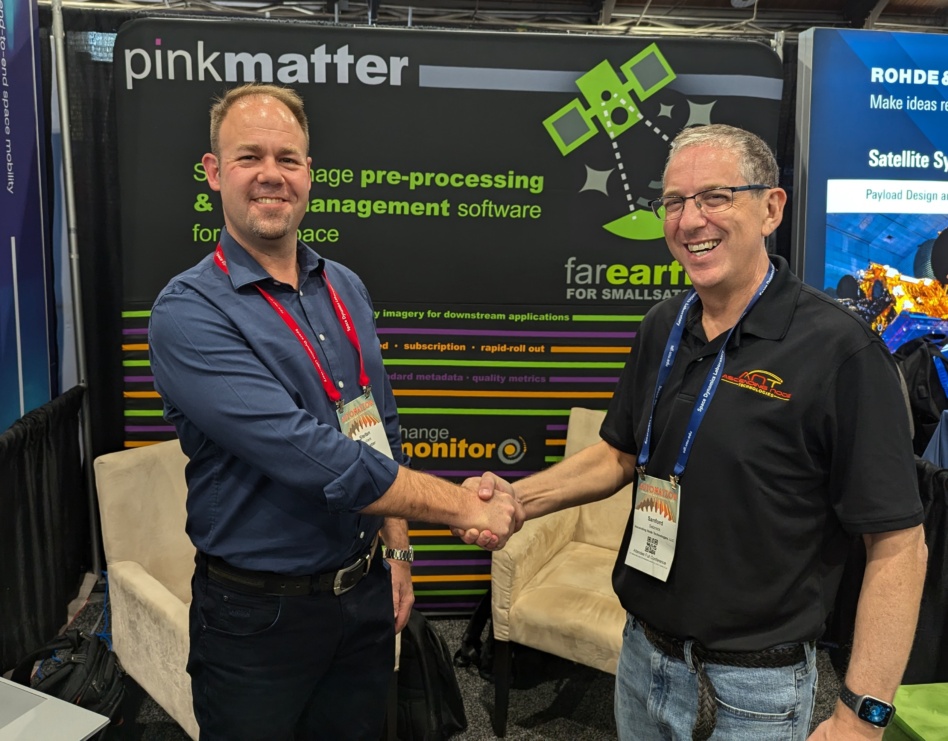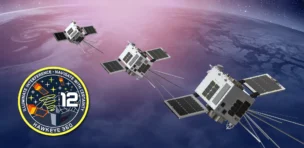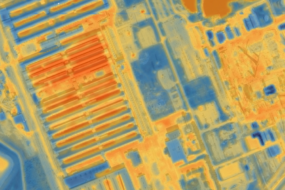Ascending Node Technologies (ANT), the company behind the Spaceline mission planning tool, announced a new partnership today with Pinkmatter, an EO data management company.
The two companies are working together with the goal of cutting down the time and effort it takes to calibrate EO satellites on orbit, helping companies deliver insights about the planet more efficiently.
Time is money: The traditional process of calibrating an EO satellite is a time-consuming project of trial and error. To ensure that an EO sat is pointed in the right direction and capturing images accurately, EO companies check initial imagery against control samples.
ANT and Pinkmatter believe they have a way to speed up this process: combining Pinkmatter’s FarEarth software, which helps EO companies process images, with ANT’s Spaceline to help teams plan missions ahead of time.
Spaceline can render images of what the EO sats should see at certain points, giving EO companies an advanced visual guide for their missions, and reducing the time and effort involved in calibrating a bird on orbit.
“Spaceline comes in and ensures that the spacecraft operators are imaging their target. Right off the bat, you’re not wasting any time, and the more you can shrink that commissioning time when you’re collecting calibration data and calibrating your instrument, the quicker you can actually start getting your real mission data and make money,” ANT’s chief scientist Carl Hergenrother told Payload.
Measure twice: While Spaceline was initially designed for deep space and interplanetary missions, ANT has found that it has attracted significant demand from satellite operators in LEO, in large part due to the increased access to orbit for small companies.
“The price of space keeps coming down, whether it’s launch costs or the decreasing cost of spacecraft buses, [or] the cost of instrumentation, the one thing that doesn’t get cheaper is the physics,” Hergenrother said. “So, you really do need the software tools to be the force multiplier to allow smaller, leaner teams to do the same amount of math as larger teams used to do.”




